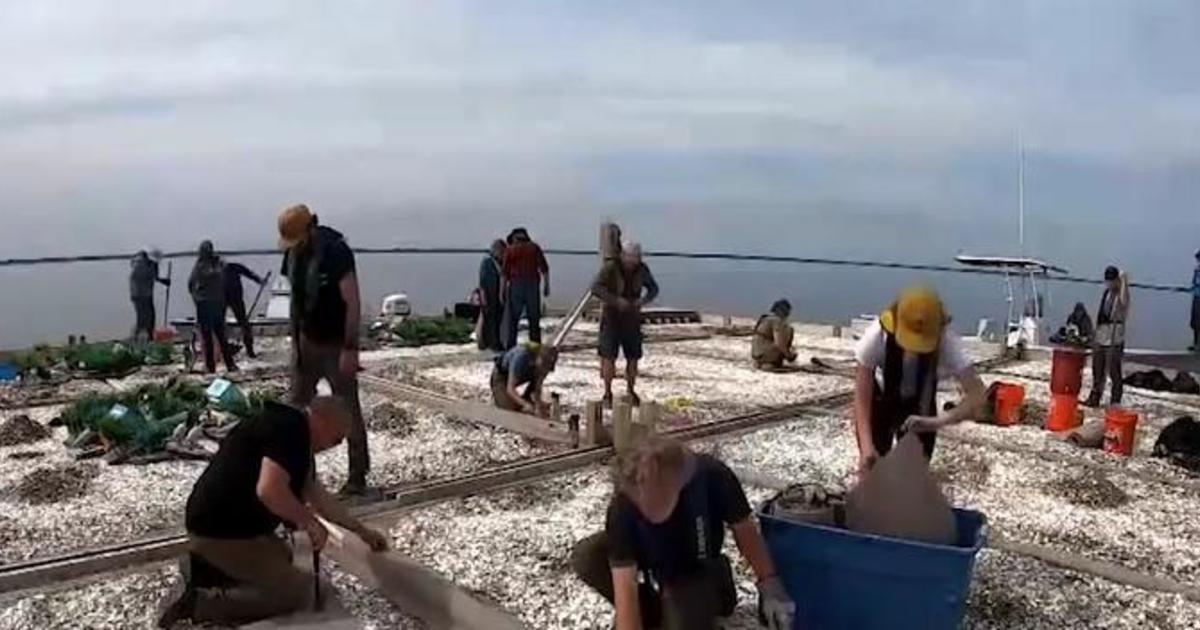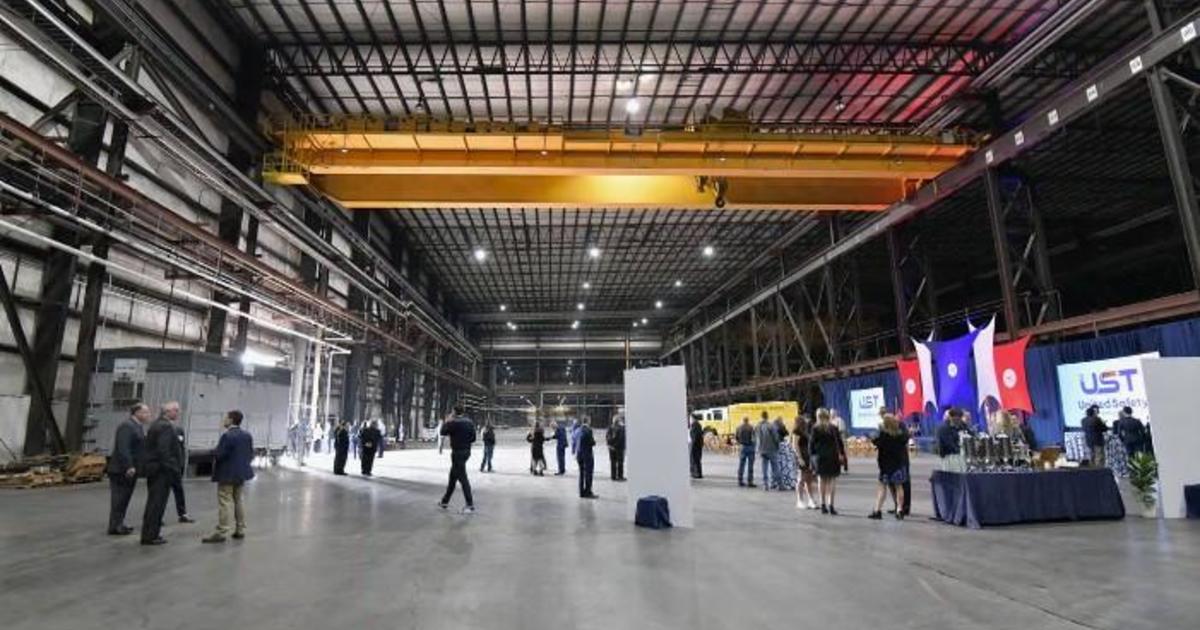New Rodent Lab Could Advance PTSD Research
COURTNEY MABEUS
The Frederick News-Post
FREDERICK, Md. (AP) -- The red lights in the Army's newest lab at Fort Detrick are not designed to set the mood. Rather, they allow human researchers to work without throwing off their subjects' nocturnal nature.
The lighting was among the features the Army showed off during a tour Jan. 29 of the Center for Environmental Health Research's newest lab. Called a vivarium, the 2,145-square-foot space will be used to house up to 4,000 mice or 900 rats for research and observation.
The lab took 19 months to complete at a cost of about $2 million.
It "advances our capability," said Lt. Col. Tom Timmes, the center's commander.
USACHER falls under the U.S. Army Medical Research Institute of Chemical Defense, a subordinate of the U.S. Army Medical Research and Materiel Command. It develops tools and processes to determine, assess and prevent adverse health effects from environmental, psychological and physiological exposures.
The vivarium allows the Army to bring some of the center's work in-house. Previously, a lab was set up for fish study, but no space for its rodent studies existed on post.
Researchers are now sharing in an Army-wide study on post-traumatic stress disorder, as well as other work on suicide and wound healing in space, said Dr. Marti Jett, program director for integrated systems biology at the center. Rodent work had been scattered at MedStar Washington Hospital Center and Georgetown University in Washington, where some of the researchers also have appointments, according to the Army.
Rodents that are already part of the ongoing studies will not be moved, Jett said. The new lab must be sterilized and an animal protocol must first be approved before work can begin. That could be in April or May.
Jett was thrilled with the vivarium. Scientists worked with architects to determine and incorporate design needs, she said. Movable carts in four rooms allow mice and rats to live in plastic cages, each of which is hooked to a HEPA filter. The cages are recyclable, meaning there's less need for washing and sterilizing, Jett said. Red lighting will be kept on automatically in animal rooms during daylight hours so as to not disrupt the mice and rats' nocturnal nature, while still allowing researchers to work.
"Everything is so nicely controlled now," Jett said.
The lab also has procedure rooms and a new necropsy area. As she stepped into the necropsy space, Jett pointed out a new, stainless steel table, called a downdraft table, with an adjustable light. A researcher will use the table to dissect a mouse's brain -- the size of a grape -- into 17 tiny segments as scientists work to gain a greater understanding of PTSD that could help develop treatments and tests for the disorder.
"This is the piece de resistance," Jett said, referring to the new equipment. "It's a real treat."
(Copyright 2013 by The Associated Press. All Rights Reserved.)



